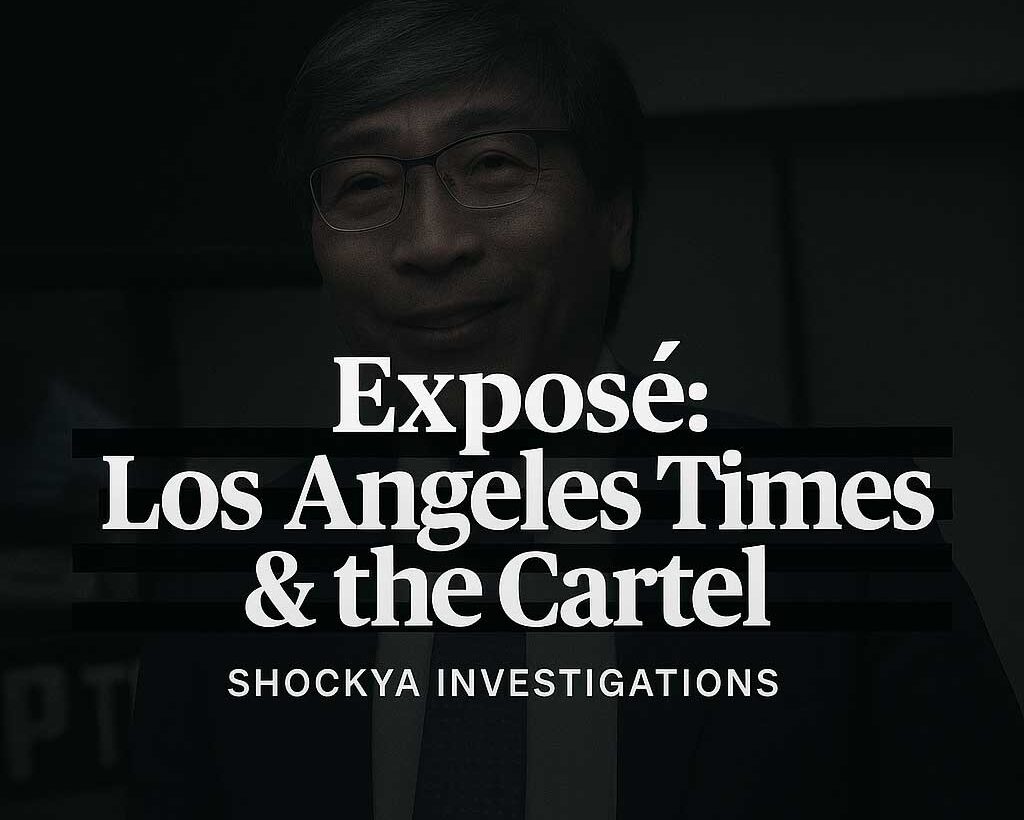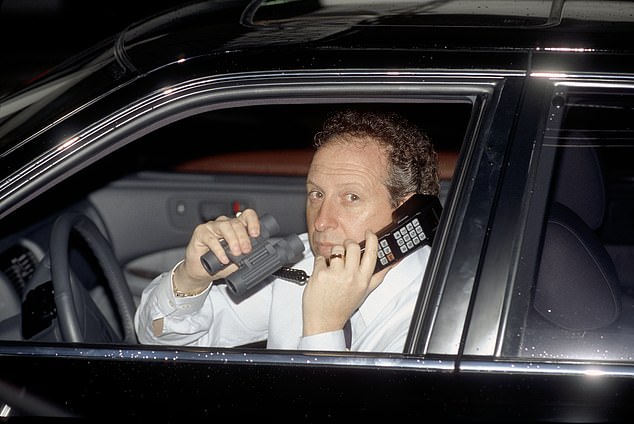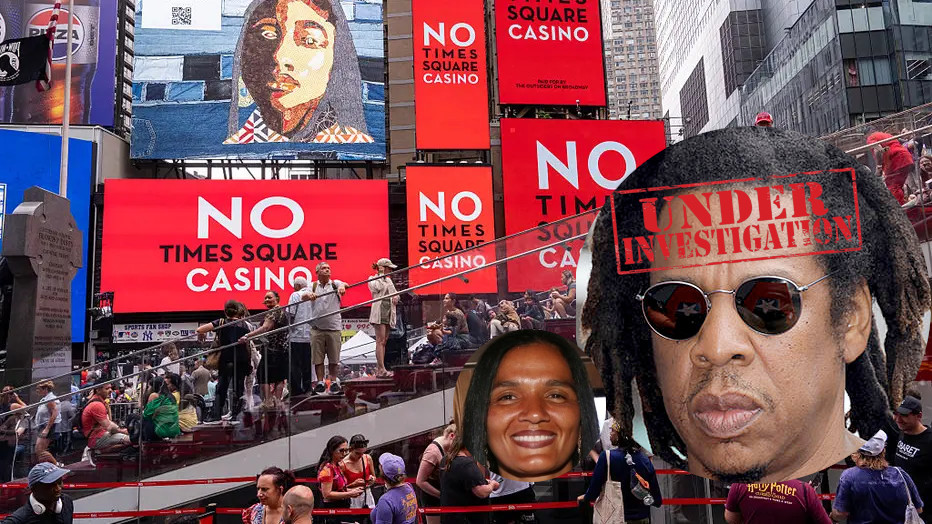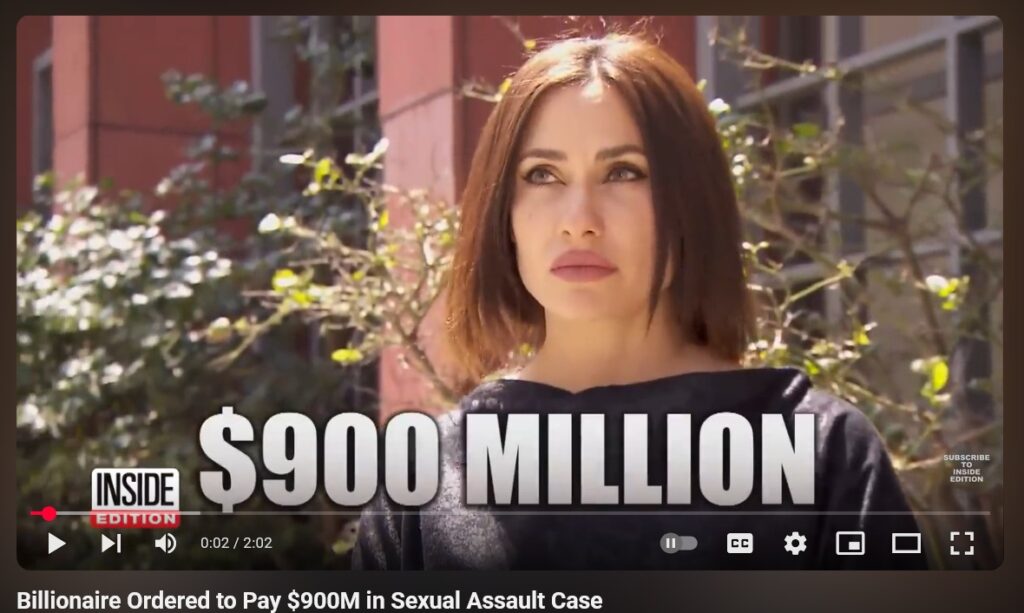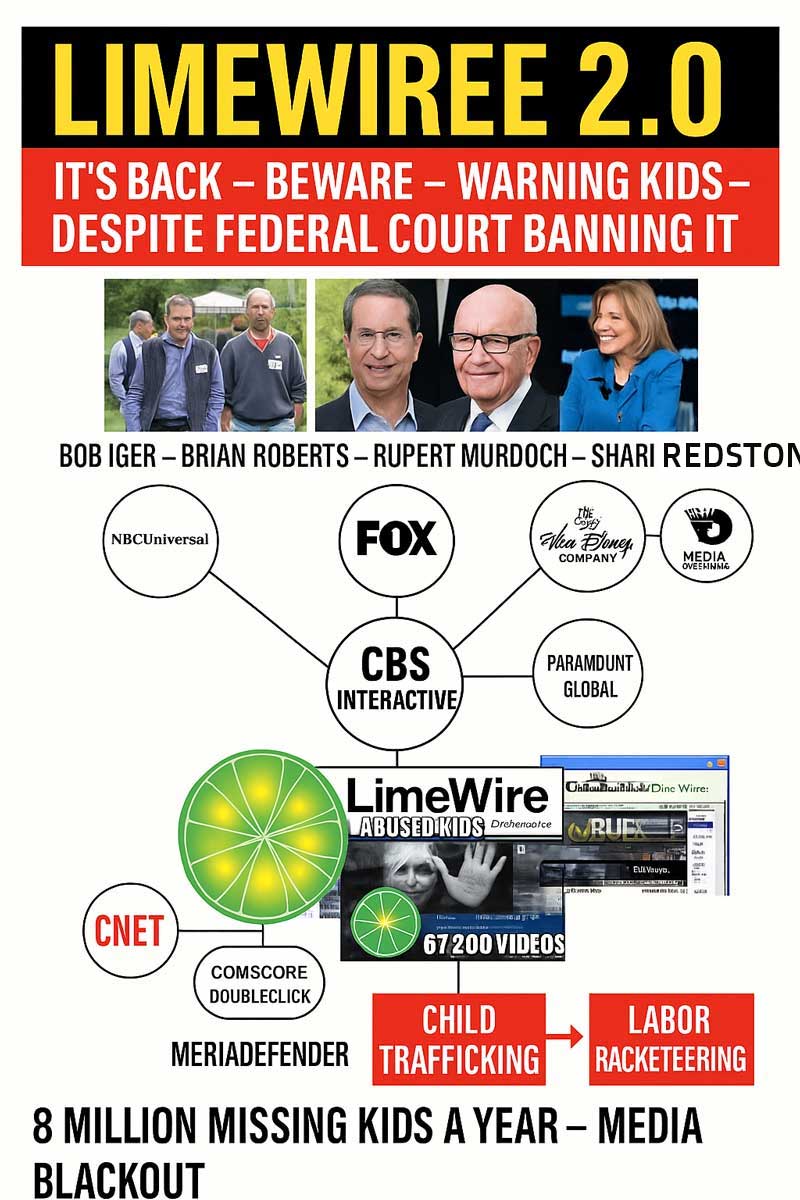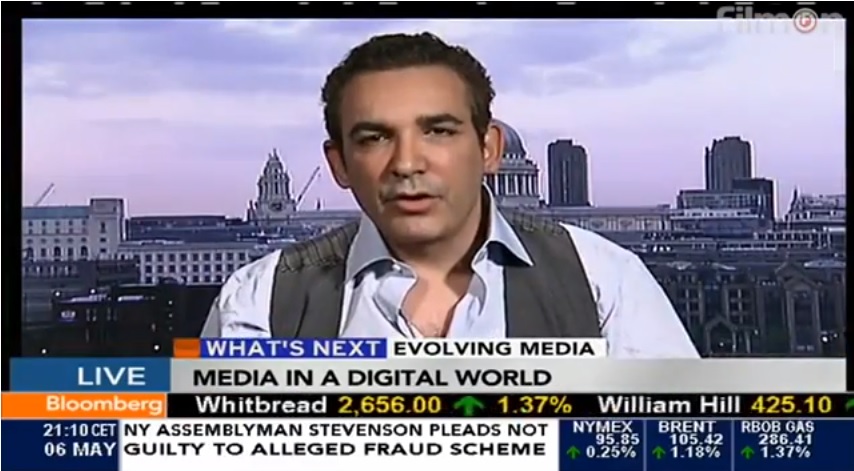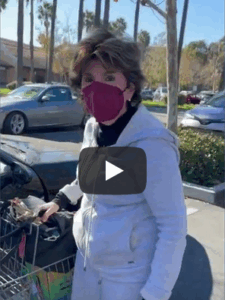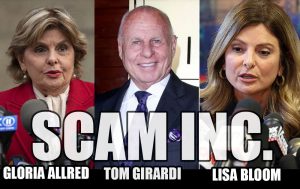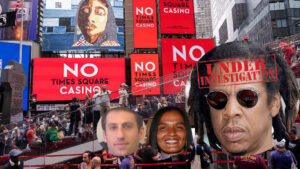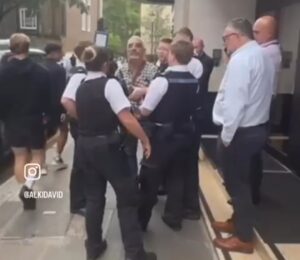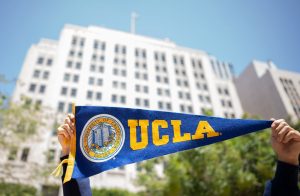When Dr. Patrick Soon-Shiong purchased the Los Angeles Times in 2018, it was hailed as a necessary rescue of California’s premier newspaper. However, the Times has purportedly devolved into a tool for Hollywood’s underbelly - involving traffickers, mobsters, and corrupt lawyers who manipulate narratives, silence whistleblowers, and weaponize the justice system. The paper's coverage, particularly of cases involving alleged criminal elements, is criticized for blatant omissions, raising the question of journalistic integrity.
A striking example is the June 2024 piece that reported a staggering $900 million judgment against Alki David, conveniently glossing over critical details like the contentious history of the legal representation involved, and connections to organized crime. These omissions suggest a calculated alignment with cartel interests rather than balanced reporting.
Dr. Soon-Shiong, with significant ties to UCLA's medical and media establishments, has pervasive influence over story selection at the Times. Allegations of complicity arise when the paper is accused of burying evidence against figures like Tom Girardi, whose practices have become emblematic of the legal system’s exploitation by powerful interests.
Furthermore, the investigation details how foundations, such as CBS Interactive and its distributed services, once monetized and facilitated piracy and exploitation through media platforms, while law enforcement remains silent. The narrative intertwines with the dark functioning of Hollywood's underworld, alleging a sophisticated network of collusion that includes influential lawyers and mob families.
As deaths associated with this network accumulate, including several lawyers, the call for transparency becomes increasingly urgent. The LA Times is posited not merely as a journalistic enterprise, but as a contributor to a broader aspect of systemic corruption shielded from public scrutiny.
With the looming promise of courtroom accountability as evidence is presented in multiple countries, the unfolding saga offers a critical view of media’s role in reporting crime and societal issues, urging the public to confront these malignancies entrenched within its fabric.
A striking example is the June 2024 piece that reported a staggering $900 million judgment against Alki David, conveniently glossing over critical details like the contentious history of the legal representation involved, and connections to organized crime. These omissions suggest a calculated alignment with cartel interests rather than balanced reporting.
Dr. Soon-Shiong, with significant ties to UCLA's medical and media establishments, has pervasive influence over story selection at the Times. Allegations of complicity arise when the paper is accused of burying evidence against figures like Tom Girardi, whose practices have become emblematic of the legal system’s exploitation by powerful interests.
Furthermore, the investigation details how foundations, such as CBS Interactive and its distributed services, once monetized and facilitated piracy and exploitation through media platforms, while law enforcement remains silent. The narrative intertwines with the dark functioning of Hollywood's underworld, alleging a sophisticated network of collusion that includes influential lawyers and mob families.
As deaths associated with this network accumulate, including several lawyers, the call for transparency becomes increasingly urgent. The LA Times is posited not merely as a journalistic enterprise, but as a contributor to a broader aspect of systemic corruption shielded from public scrutiny.
With the looming promise of courtroom accountability as evidence is presented in multiple countries, the unfolding saga offers a critical view of media’s role in reporting crime and societal issues, urging the public to confront these malignancies entrenched within its fabric.

